The radish: that beaming red crunchy and spicy lunch snack. Like many of the “modern” vegetables pumped out to us at “modern” grocery stores, the real story is much more diverse. There are in fact many radishes of all shapes, sizes, and colors, and they aren’t all just for munching or adding to salads. Welcome to radishes around the world.
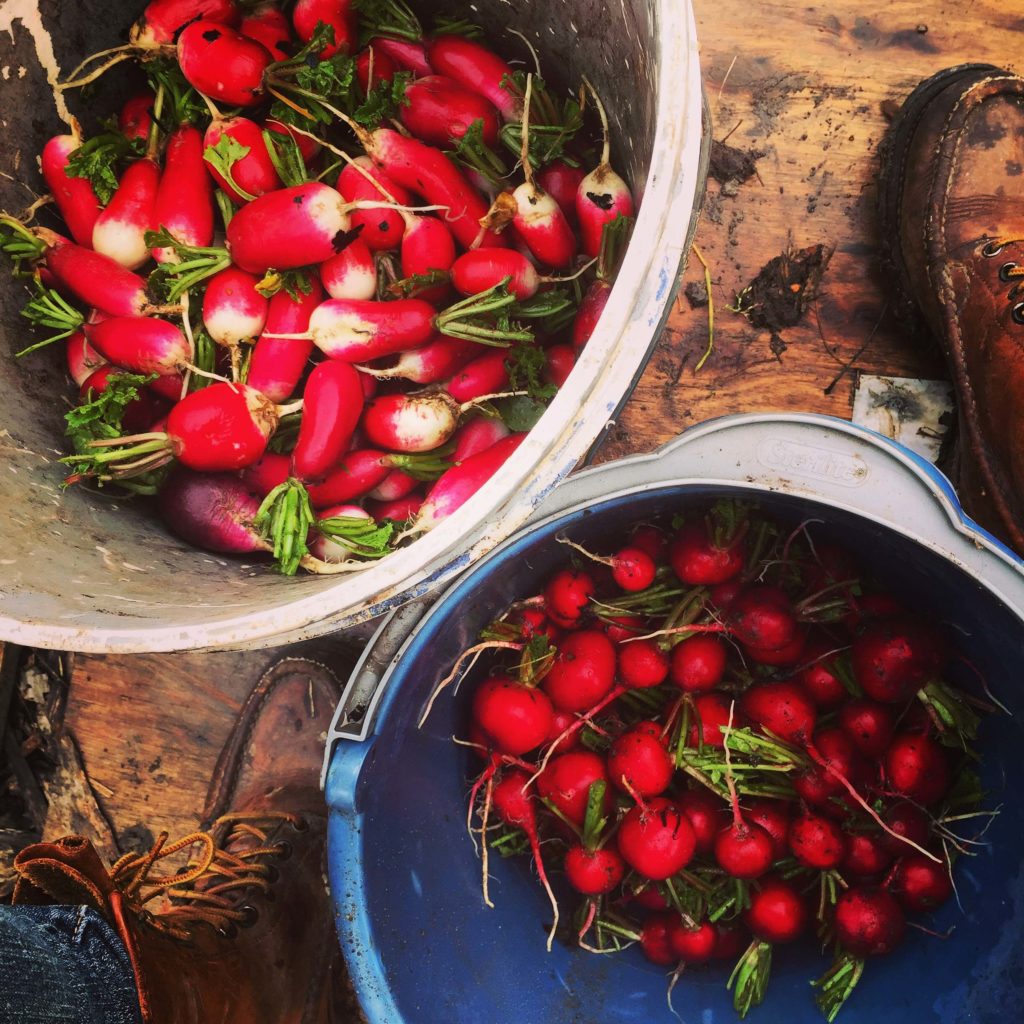
Radishes are one of the most exciting vegetables to me, not in terms of the quantity that I consume but for what they represent: They are one of the first things you can plant (and harvest) in the midwestern climate. After months of winter, the bright red radish is a shock of life, held daintily by its bright green stalks, reminding us of glorious edible things to come.
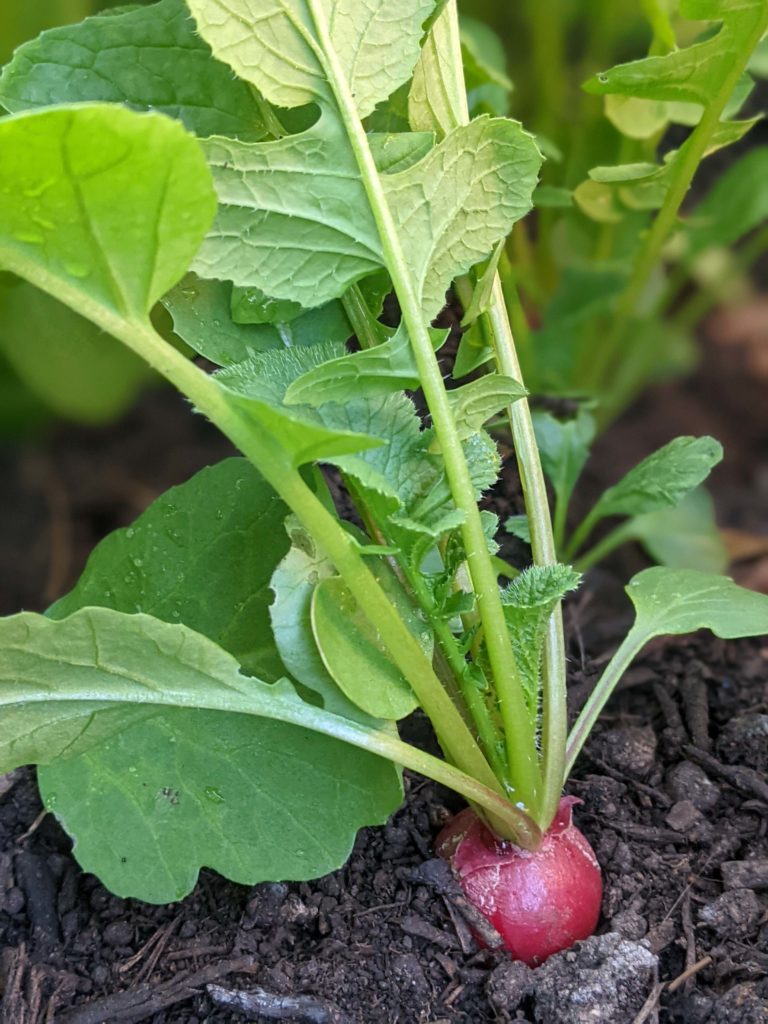
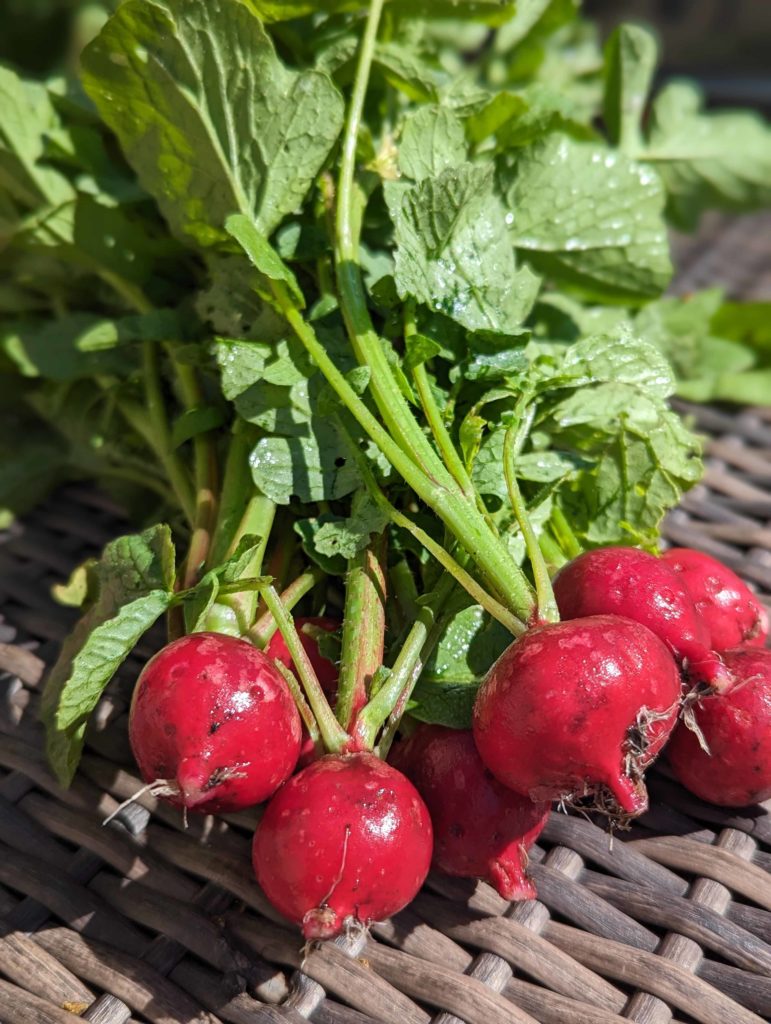
Many know radish for its piquant, spicy bite. It is a member of the Brassicaceae family along with its relatives broccoli, cauliflower, kale, and many more. All parts of the radish are edible: from the leaves to the root (aka the “radish”) to the fruiting pods (more on that later).
History and Botanical Context
It took a long journey from the original wild radishes to the perfectly round, cherry-like radishes we commonly see in supermarkets. The modern radish with all its varieties is a subspecies of the wild radish (Raphanus raphanistrum subsp. sativus). Wild radishes originate from southeast Asia. The first domesticated radishes appeared in India, central China, and central Asia.
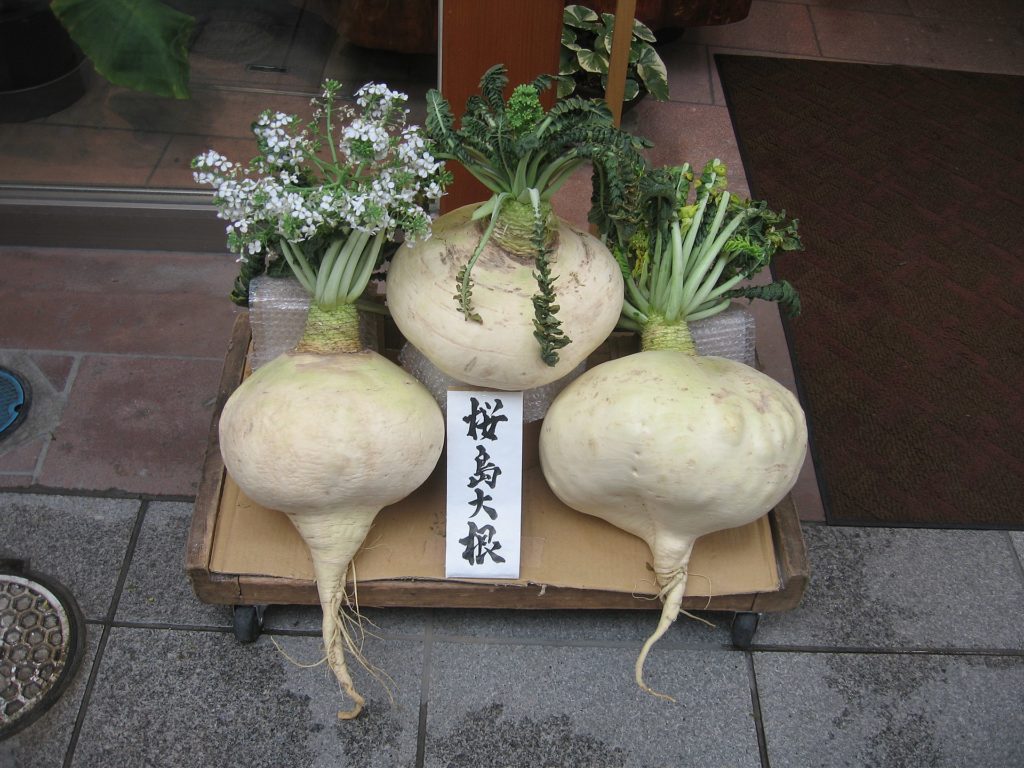
Domesticated radishes appeared in Europe before the Romans (Roman radish stew, anyone?). The Egyptians used radish seed oil before olive oil, and radishes comprised a part of Egyptian laborers’ diets along with onions and garlic (and beer). Both Greeks and Romans used radishes to promote sleep.

Radishes spread through medieval Europe and went on to became one of first European crops introduced to the Americas. The round red radishes with which we are most familiar didn’t begin to appear until the late 1500s in Italy. Prior to that, medieval Europeans ate radishes that were larger and longer, such as the Black Spanish radish.
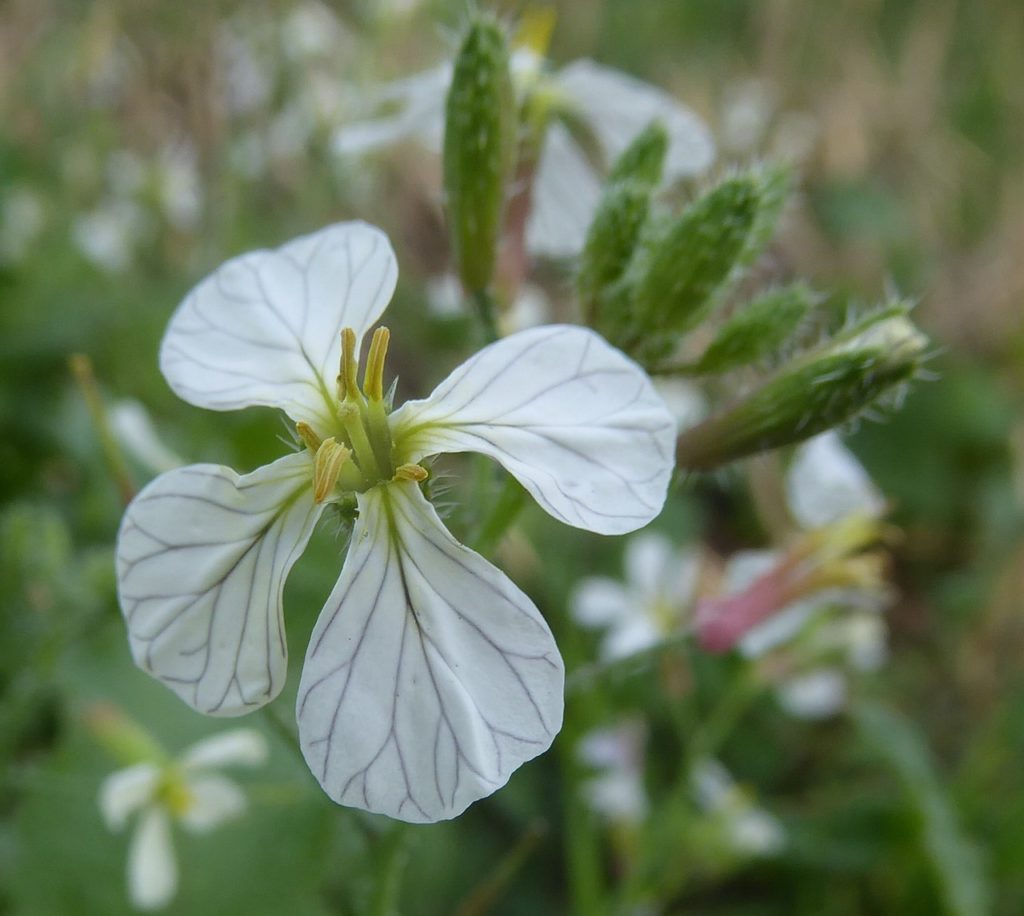
Today, radishes are 2% of global vegetable production by volume. Wild radishes still grow but are often deemed invasive. The wild radish does not have the swollen root that we know so fondly as “the radish”; domesticated varieties were developed to make this the dominant feature of the plant.
So Many Radishes, So Little Time
The red globe radish is delightful, but there are so many more different kinds: French breakfast, Spanish, watermelon, daikon, and many more that aren’t even for munching but rather for agricultural or oilseed production.
Overall, we can classify them into three main types: the summer or European radishes (small and fast growing), the winter radishes such as Daikon types, and seed pod radishes.
Spring/summer/European radishes are comparatively small and quick growing:
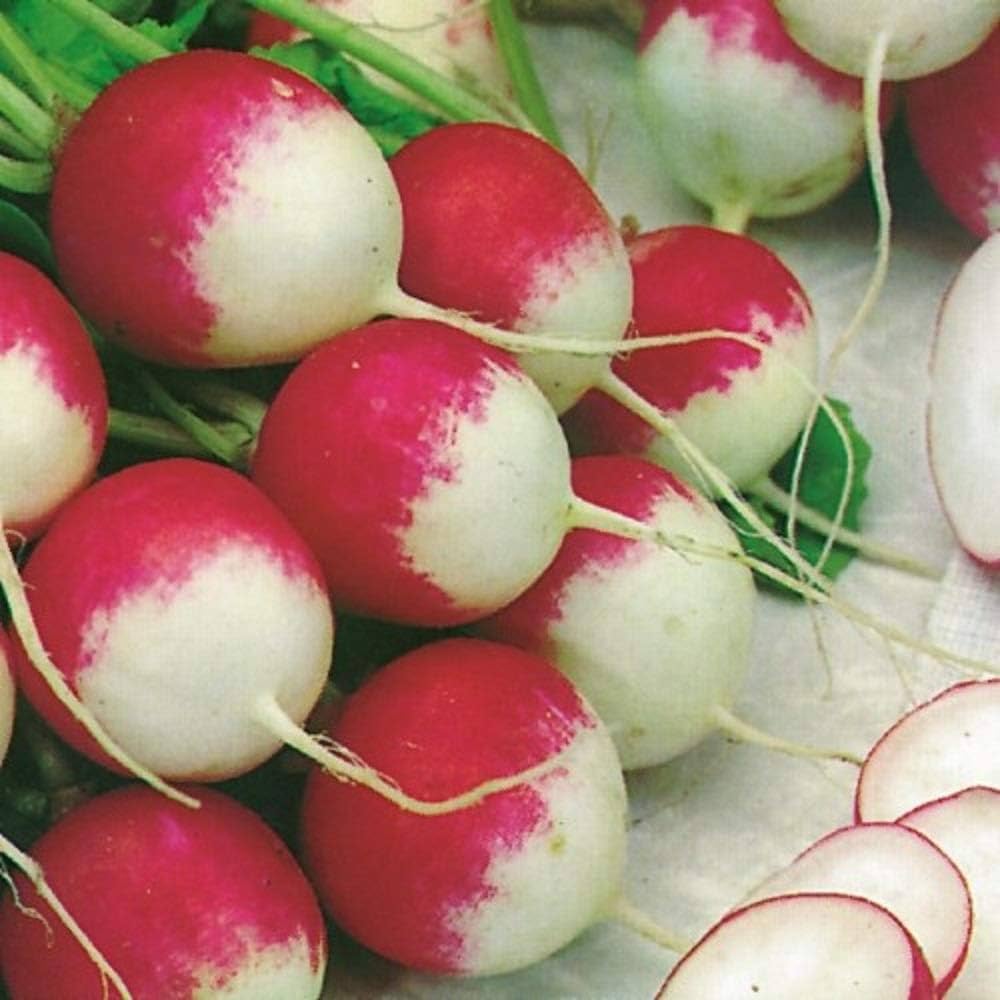
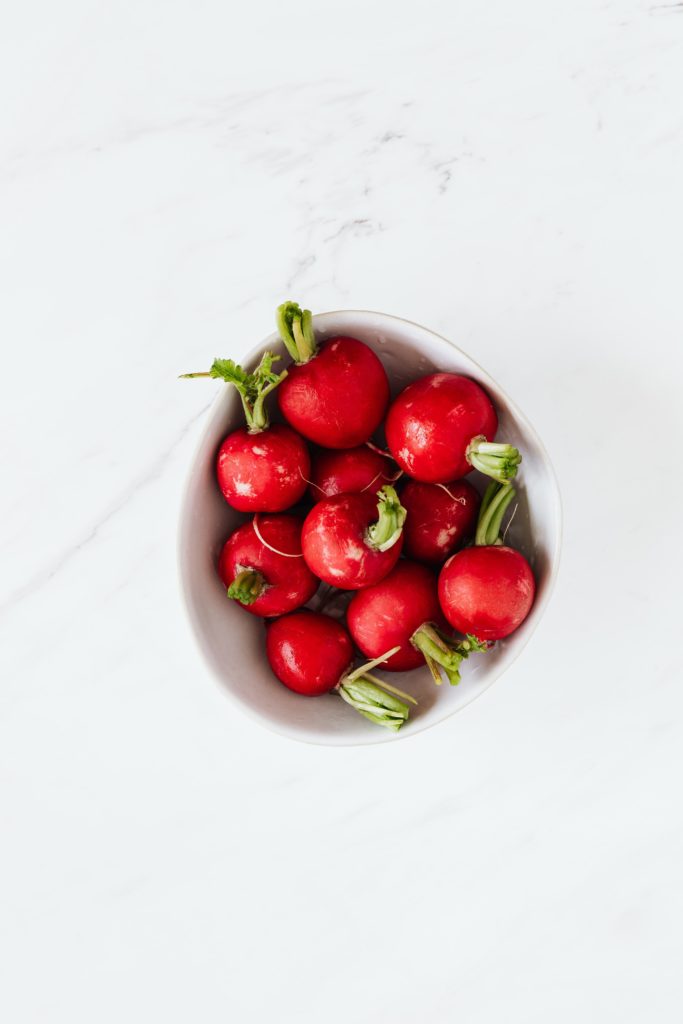
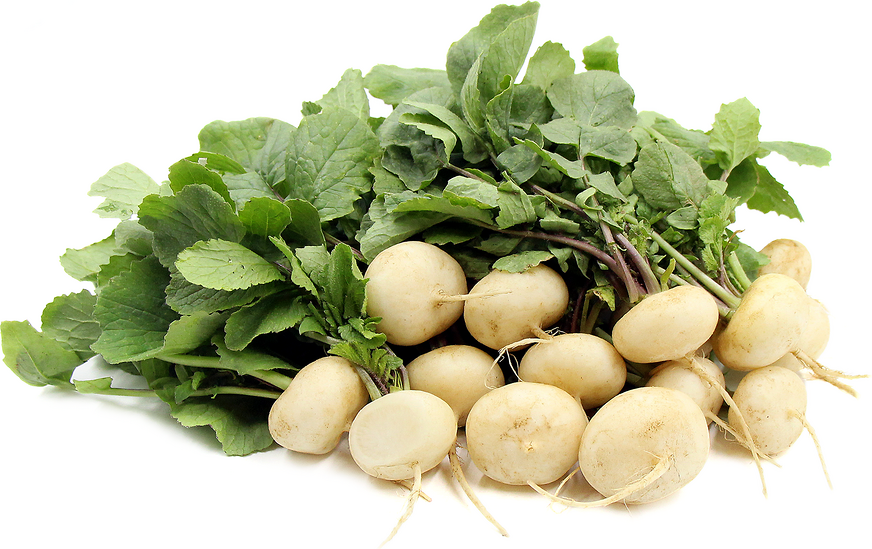
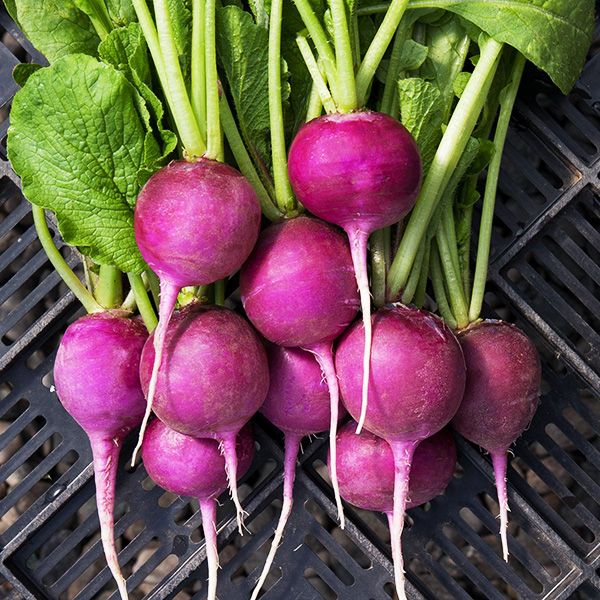
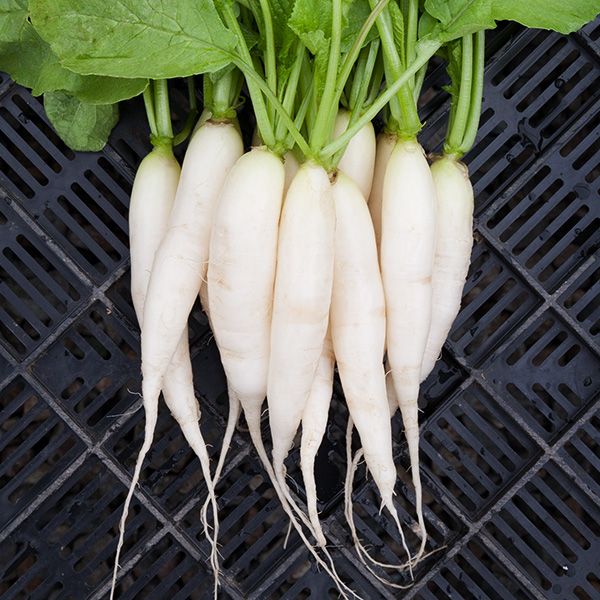
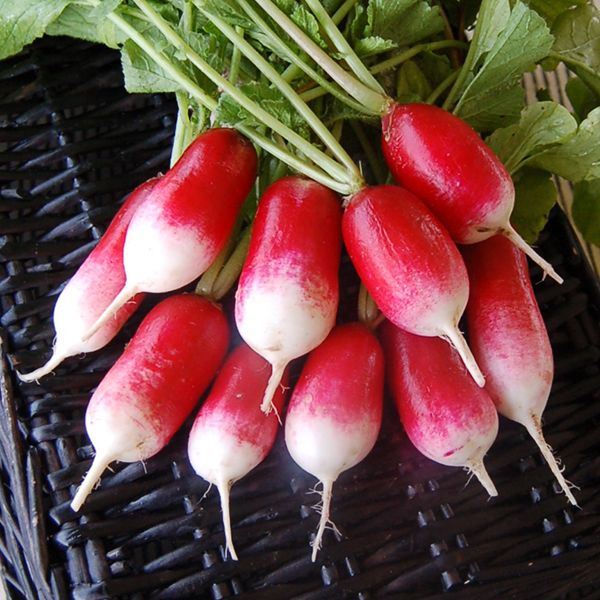
Winter radishes are larger and longer growing, often needing until fall to be ready for harvest:

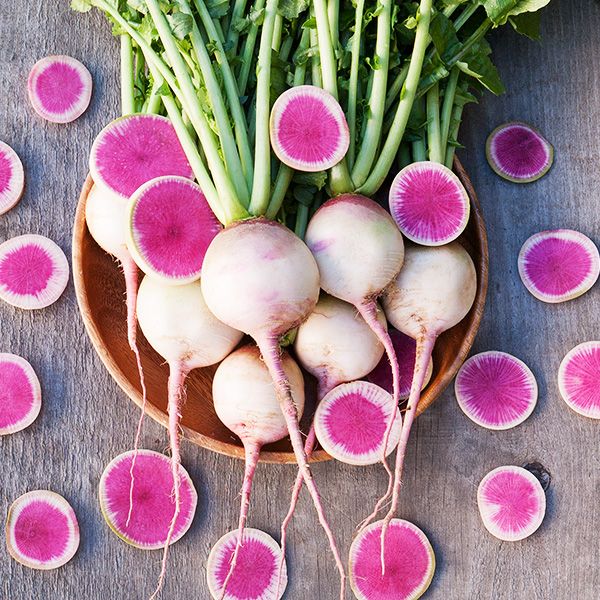
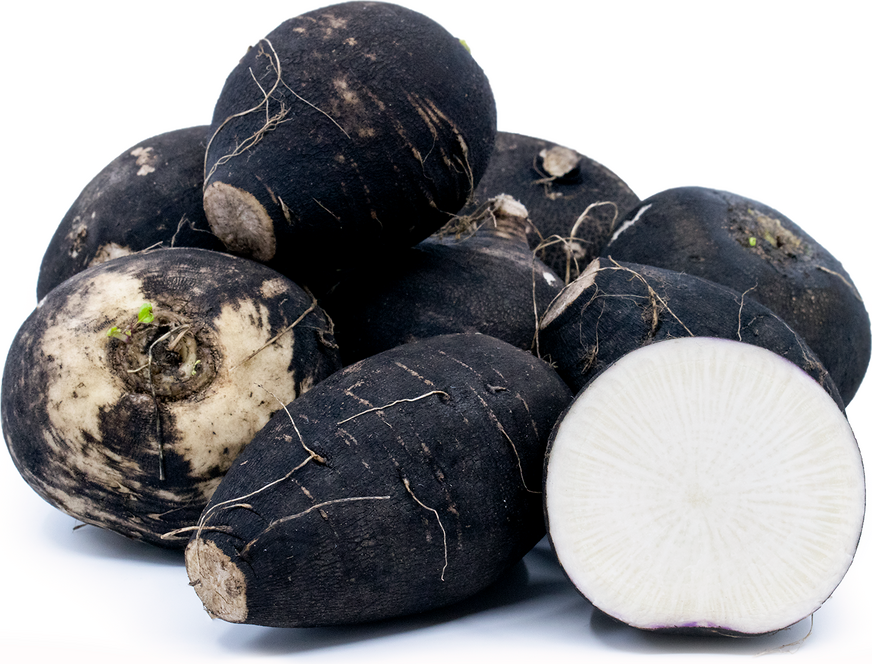
Seed pod radishes are grown for their seed pods, often pickled and served with meat or beer.
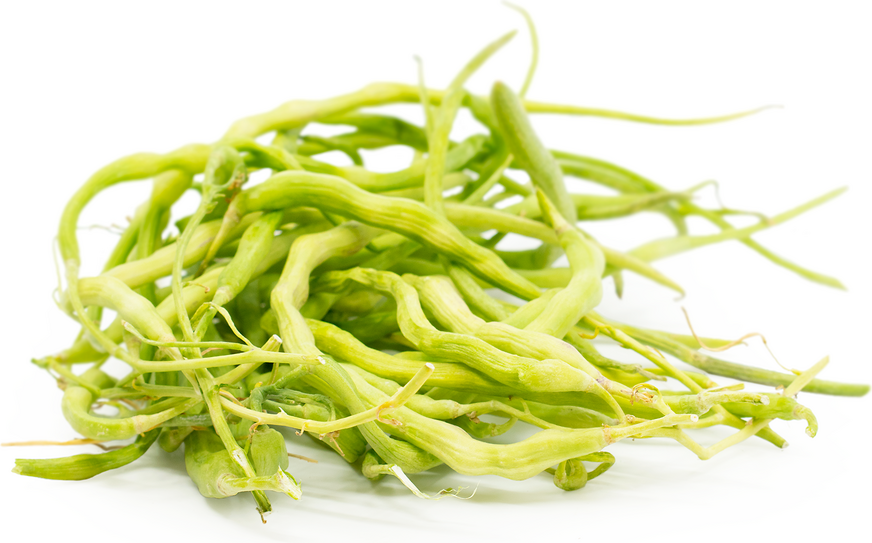
Different Culinary Traditions
There are many ways to eat radish beyond just munching them, from roasting and grating to steaming and frying. And, radishes leaves can be used in potato soup or sautéed as a side dish.
Debate abounds about whether radishes should be cooked. “Jane Grigson declared that it’s nothing less than an ‘insult’ to a good radish to do anything with it except devour it whole. Radishes… ‘clear the taste and prepare for food and drink,’ she declares in her invaluable Vegetable Book” (Fearnley-Whittingstall, 2012). Thus, at their most elemental level, radishes are an appetizer. Served with salt for dipping, possibly even with bread and butter, radishes make a surprisingly satisfying snack.
Many people around the world eat radishes for breakfast, including the Dutch, Japanese, Koreans, and Russians. Early Dutch colonists “would have sugared tea, bread, butter and radishes for breakfast” (Cook’s Info, 2004). According to William Woys Weaver (1997), radishes were once served at every meal in colonial America.
Radishes play an important role in Asian cuisine, particularly the daikon and similar types, which are pickled and made into cakes. Daikon radishes are among the best-selling vegetables in Japan, where the “tops are chopped up finely and pickled. The root is either eaten raw or pickled and used sometimes in cooking or added to stir fry components, stews and soups.”
Other ways to eat radishes:
- Spring radish salad
- Grilled, braised or baked radishes
- Grated onto pasta
- Chimol salsa, a Salvadoran radish salsa for meat
- Radish relish or jelly
- Radish butter
- Radish soup or Chinese daikon soup
- Russian style black radishes
- Hash browns
- You could even put them on pizza!
As for the pods, they can be eaten fresh, steamed, boiled, stir fried, and pickled. Pickled radish pods can be used as a substitute for capers.
Beyond Eating
Radishes aren’t just for eating. Some are used to improve the soil: Some daikon-type radishes are used as a cover crop, to increase soil fertility, prevent erosion or soil compaction, and suppress weeds.
In Japan and Korea, radish dolls are made as children’s toys. The radish is also one of the five plants of the Japanese Festival of Seven Herbs.
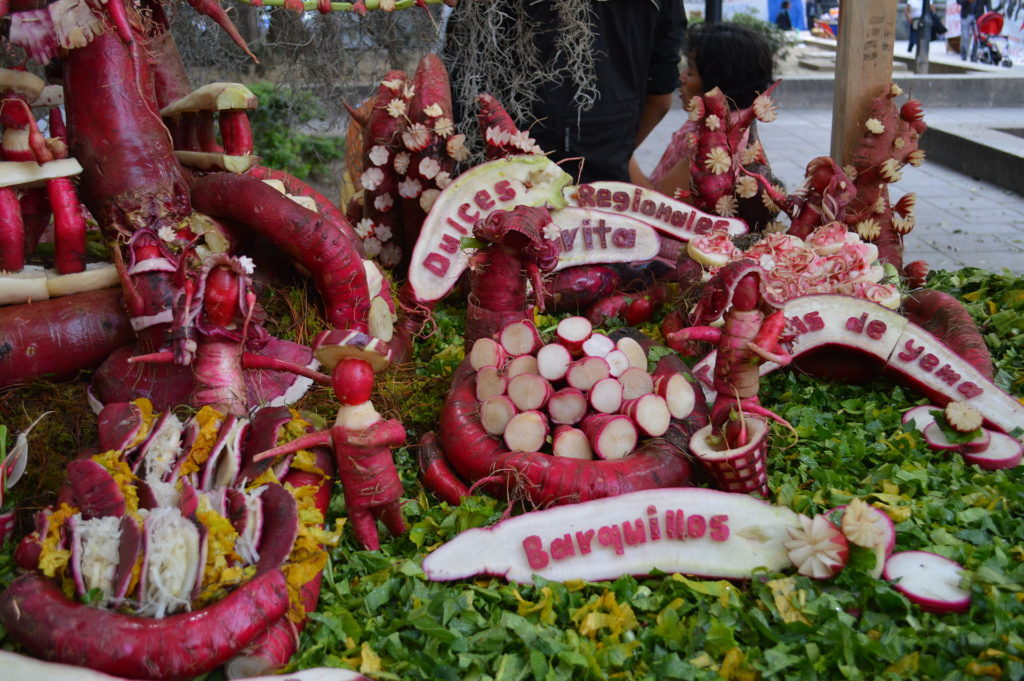
References
Cook’s Info. (2004). Breakfast radishes. https://www.cooksinfo.com/breakfast-radishes
Fearnley-Whittingstall, H. (2012). Crunch time: Hugh Fearnley-Whittingstall’s radish recipes. The Guardian. https://www.theguardian.com/lifeandstyle/2012/may/18/radish-recipes-hugh-fearnley-whittingstall
Woys Weaver, W. (1997). Heirloom Vegetable Gardening. Henry Holt and Company.

